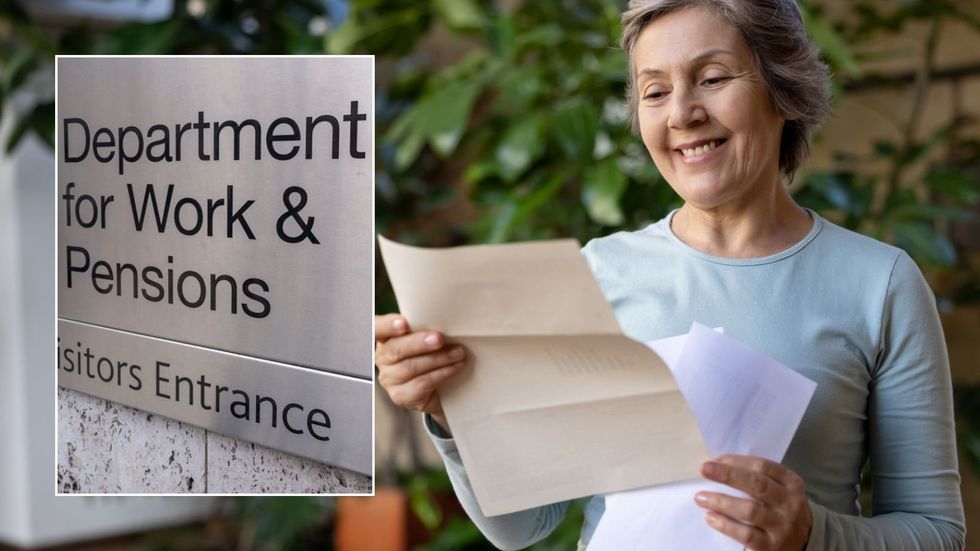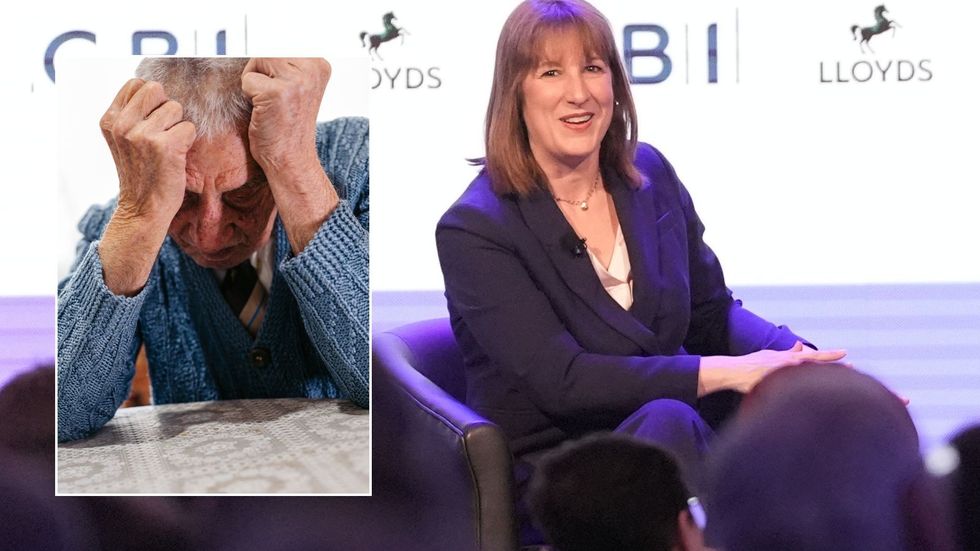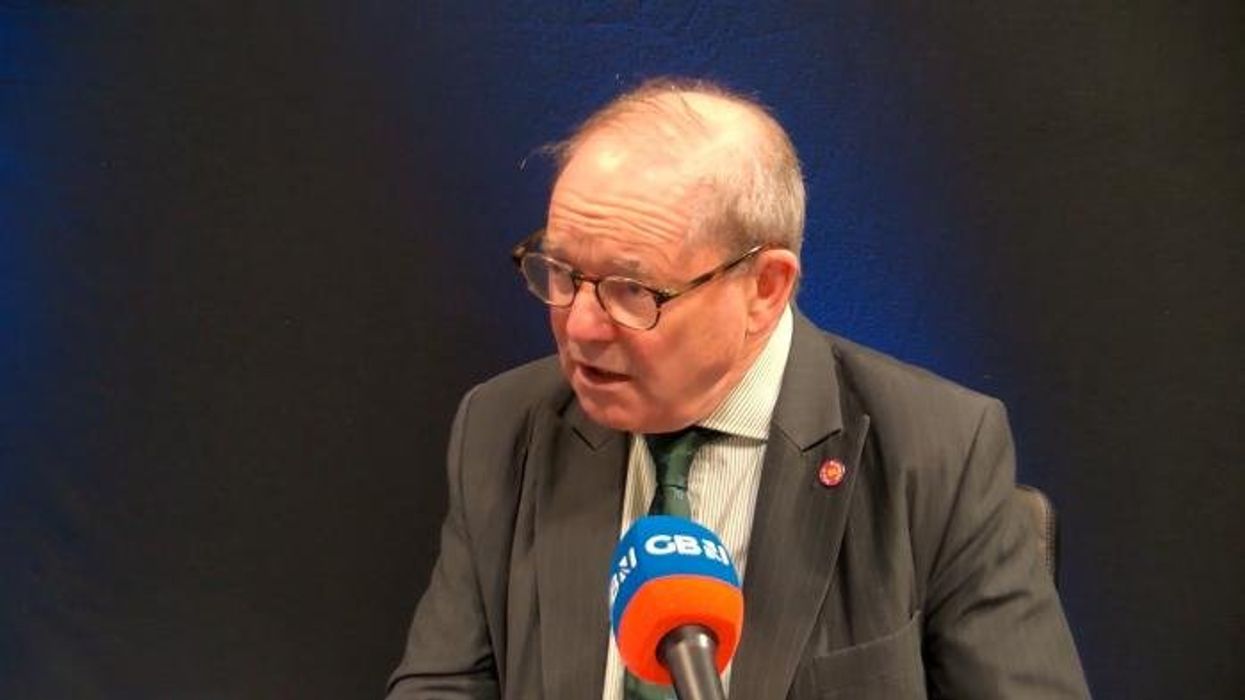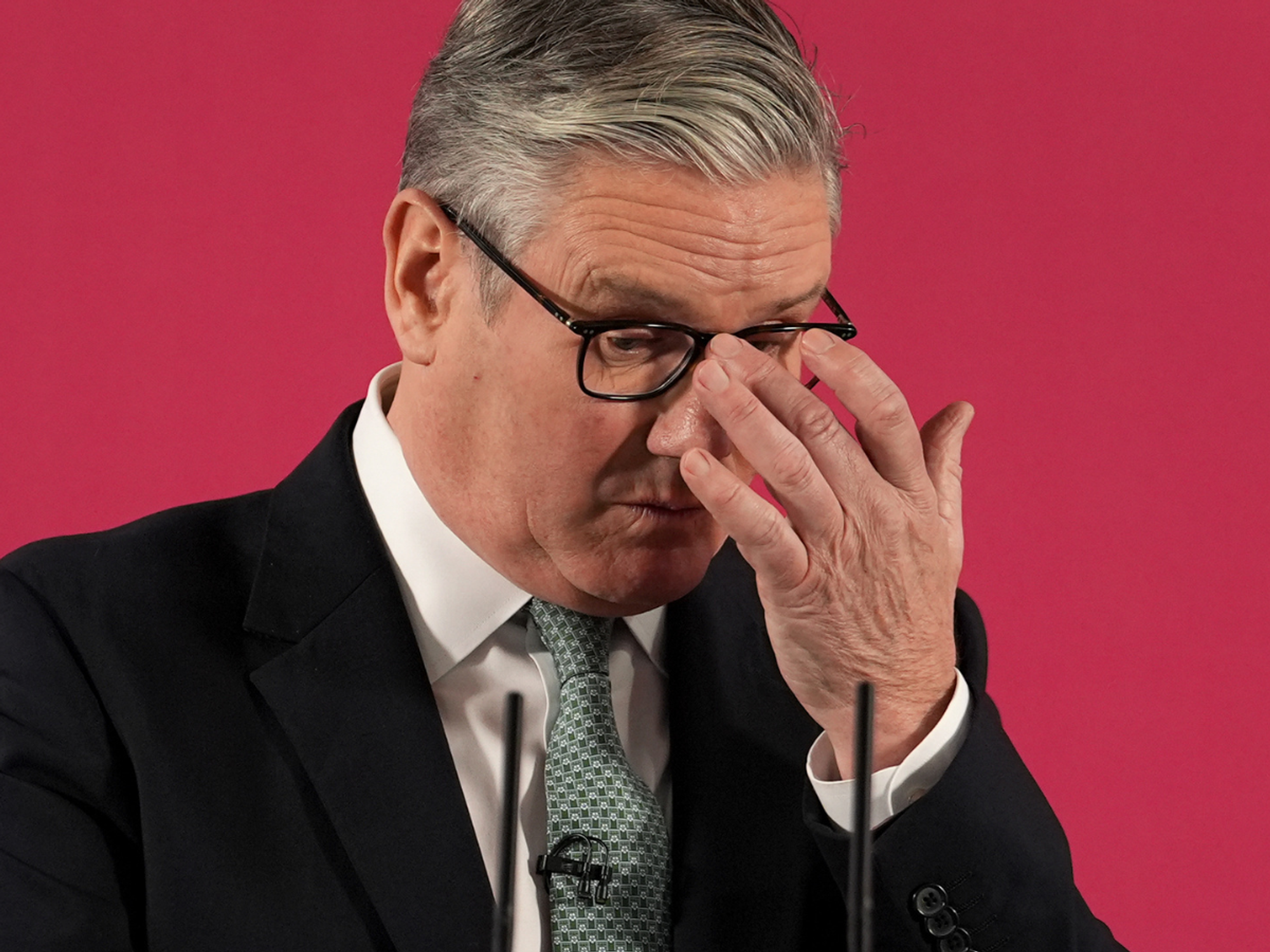State pension triple lock payment rise for 2026 CONFIRMED after inflation shock - how much will you get?

Older Britons are guaranteed to have their state pension payments rise every year thanks to the triple lock
Don't Miss
Most Read
Latest
The state pension annual payment boost for 2026 has been revealed following the confirmation of September 2025's consumer price index (CPI) inflation rate by the Office for National Statistics (ONS).
Thanks to the triple lock, retirement benefit rates rise every year in line by either 2.5 per cent, average wages or inflation; whichever is highest. September's inflation figure is as part of this mechanism.
Due to average earning growth between May and July being higher than 3.8 per cent, which is last month's CPI rate, pensioners now have confirmation as how much they will receive in 2026.
Older Britons will receive a 4.8 per cent boost to their state pension from April, pushing the full new state pension to approximately £12,547.60 annually. This substantial increase leaves recipients just £22.40 below the income tax threshold of £12,570.

State pension payments will rise next year - but by how much?
|GETTY
According to retirement analysts from Aegon, the triple lock ensures that there is "an increase in pensioner purchasing power" in Britain, as figure is one per cent above inflation.
Steven Cameron, Pensions Director at Aegon, said: "Today’s inflation figure of 3.8 per cent, unchanged since last month, is the final piece in the state pension triple lock jigsaw.
"The triple lock formula increases state pensions each year by the highest of price inflation (now confirmed as 3.8 per cent), earnings growth (4.8 per cent), or a minimum of 2.5 per cent. This means next April’s increase should be 4.8 per cent per cent in line with earnings growth.
"This should be good news for pensioners, representing an increase of one per cent above inflation, providing a welcome boost to pensioner purchasing power from next April.
 Rachel Reeves could launch a stealth tax raid on pensioners, economists warn | GETTY
Rachel Reeves could launch a stealth tax raid on pensioners, economists warn | GETTY "However, while the Labour Government did commit to retain the triple lock, we do still need to wait for formal confirmation of the increase by the Secretary of State for Work and Pensions.
"We’re fast approaching the Autumn Budget, with the Chancellor already signalling difficult decisions ahead.
"The Chancellor has continually emphasised she wants to support 'working people'. And as the state pension is ‘pay as you go’ rather than funded, it’s today’s workers through taxes and National Insurance who pay for today’s state pensions.
"Every one per cent increase in the state pension costs around £1.1billion a year for all future years.
"While today’s pensioners are yesterday’s working people, if the Government decides to prioritise support for those currently working, could that mean a scaled back triple lock from next April?
"The narrow margin has sparked concerns that the Government might reconsider the triple lock formula in the upcoming Budget on November 26, as ministers seek ways to reduce spending whilst supporting "working people".
Many pensioners already face tax bills when additional income from workplace pensions, savings interest or dividends pushes them above the personal savings threshold.
Those exceeding £12,570 pay 20 per cent tax on amounts up to £50,270, with higher rates applying beyond this level. Jon Greer, head of retirement policy at wealth manager Quilter, explained: "This shift can have broader consequences beyond just the increased rate on pension income."
LATEST DEVELOPMENTS:
 Older Britons are worried about the future of the state pension triple lock | PA
Older Britons are worried about the future of the state pension triple lock | PAThose entering the higher-rate band at £50,270 see their personal savings allowance halved from £1,000 to £500, whilst dividend tax jumps from 8.75 per cent to 33.75 per cent above the £500 allowance. Capital gains tax also rises from 18 per cent to 24 per cent on most assets.
"These changes mean that even a small step over the threshold can result in a disproportionately large tax increase across multiple income streams," Mr Greer noted.
David Brooks, head of policy at Broadstone, acknowledges the financial burden facing the Chancellor, who must fund the enhanced pension provision next year whilst managing competing budgetary demands.
More From GB News











